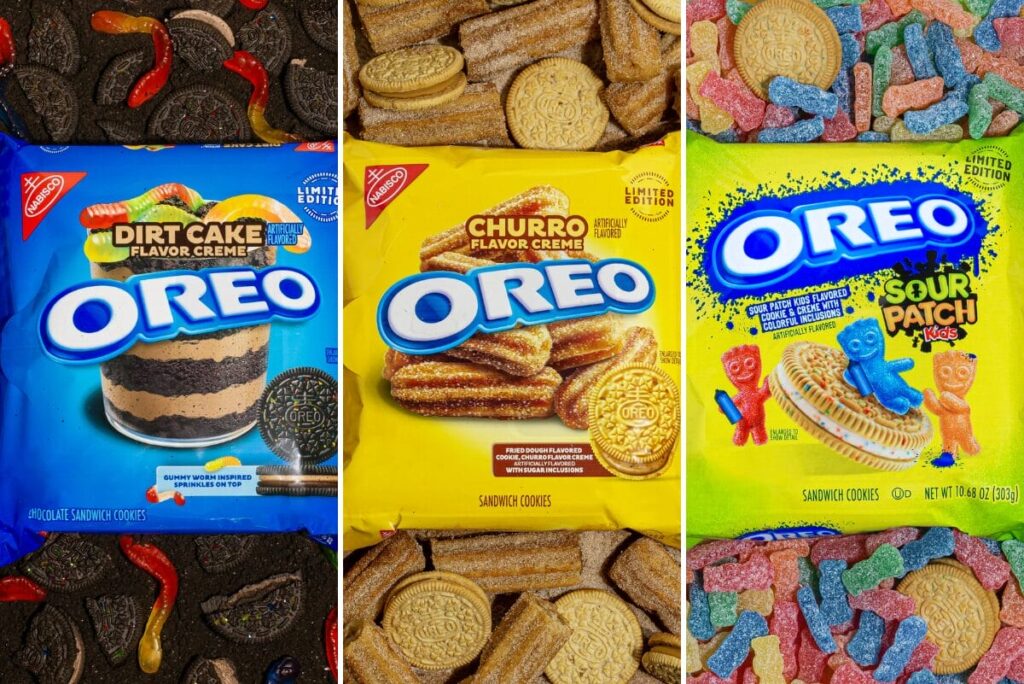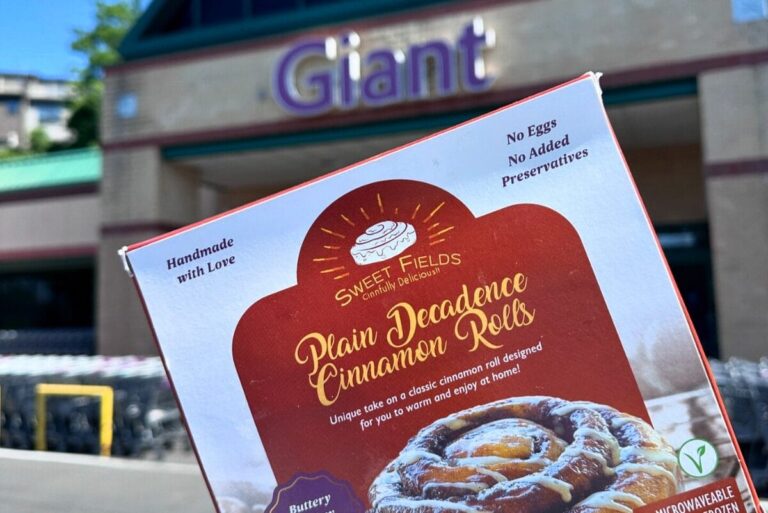Timing is important, and LTOs can be a helpful way to bump up sales in between seasons. Zwanka cites Christmas in July as a great example of this: taking advantage of a natural lull in sales to offer a special promotion on items that might not have sold otherwise.
“If you’re just trying to spur interest, your sweet spot [for releasing an LTO] is when you need it the most to boost sales,” he continued. “Find a time when you don’t have as much business and come up with something unique.”
LTOs can also be an opportunity to optimize secondary holidays and other occasions. According to The Bakery Playbook 2024, a new American Bakers Association (ABA) consumer research study series conducted by Anne-Marie Roerink, president of 210 Analytics, 94% of consumers can be persuaded
to spend a little more at holidays and special occasions, and 20% say they splurge by trying a new product or flavor.
Chris Balach, VP of marketing, sweet baked snacks, at The J.M. Smucker Co., said the seasonal and LTO program is a vibrant part of the Hostess business. The brand executes about 10 seasonal launches per year, including events around holiday-themed flavors. One such event, called Cupcake Craze, has proven to be a ripe testing ground for potential new flavors. Depending on how a flavor performs during the event, it could become a permanent new product. The recent launch of Hostess Strawberry CupCakes is one such example.
“It proved to be successful and in high demand, and from that Cupcake Craze event, we stretched it out to be an everyday item,” Balach said.
Mashups are another way The J.M. Smucker Co. offers flavor variety. The company recently took Donettes, the single largest sub-brand of the company’s Hostess brand, and combined it with HoneyBuns, its third largest brand in c-store, to launch HoneyBun Donettes. Hostess has also been successful with similar mashups such as ZingerDingers and Ding Dongs x Twinkies.
“We asked ‘How can we take some of our biggest brands and smash them together to extend the reach and make sure more consumers get to experience the benefits of both of them?’” Balach said. “That’s exactly what HoneyBun Donettes deliver on.”
Of course, it’s not enough to roll out flavor extensions and hope someone notices. Having a strong marketing strategy is just as important.
Balach said merchandising and in-store displays are a critical piece of that puzzle.
“Sweet baked goods is the second most impulsive category in the entire store, and that means we have to be on display to interrupt the shoppers on their journey,” he shared. “Display is a critical component to delivering on closing that cycle.”
This story has been adapted from the August | Q3 2024 issue of Commercial Baking. Read the full story in the digital edition here.










